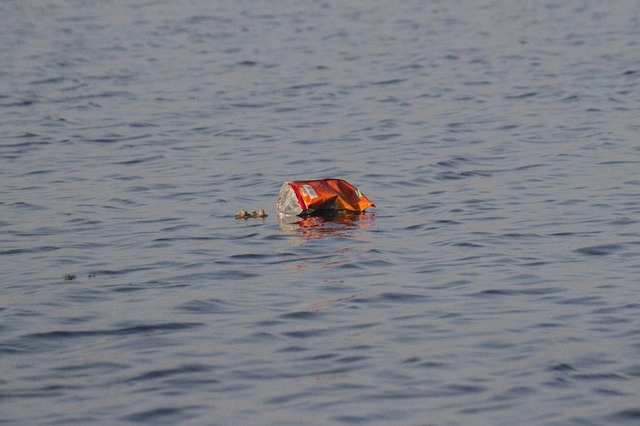There are trillions of tiny pieces of plastic littering the world’s oceans, and they have now reached the Arctic.
Researchers from the University of Cádiz in Spain, and other institutions, showed that a big ocean current is carrying bits of plastic bottles, toys, bags, nets and more from the North Atlantic to the Greenland and Barents Seas. These microscopic pieces of junk are left to float on the surface of the colder water, in sea ice, or maybe even on the ocean floor, The New York Times reports.
Since climate change is continuing to decrease Arctic ice, this isolated part of the world is seeing more plastic pollution. The problem could get worse in the decades to come, the researchers warn.
Andrés Cózar Cabañas, lead author on the study and biology professor at the University of Cadiz, said that he was surprised by how much garbage there was in the Arctic water, and expressed concern about the consequences. “We don’t fully understand the consequences the plastic is having or will have in our oceans,” he explained.
What we do know is that these consequences will be felt at greater scale in an ecosystem like this, because it is unlike any other on Earth.
Each year, some eight million tons of plastic is dumped into the Earth’s oceans, with as much as 110 million tons already in there. Plastic present in the Arctic Ocean currently accounts for just 3% of the whole, but the researchers say that this could grow, turning the ocean floor into a giant sink for plastic waste.
This part of the ocean is important in maintaining thermohaline circulation, which brings warm water from other oceans to this area, where land masses like Greenland and ice caps trap the plastic trash.
The scientists sampled plastic debris floating in 42 sites in the Arctic Ocean, scooping up the pieces and examining the concentration of particles. They found that most were very small pieces, and concluded that the plastic came from outside the Arctic.
Cabañas said that the issue “will require international agreements.” He said, “This plastic is coming from us in the North Atlantic. And the more we know about what happens in the Arctic, the better chance we have of solving the problem.”
The study was published in Science Advances.
























